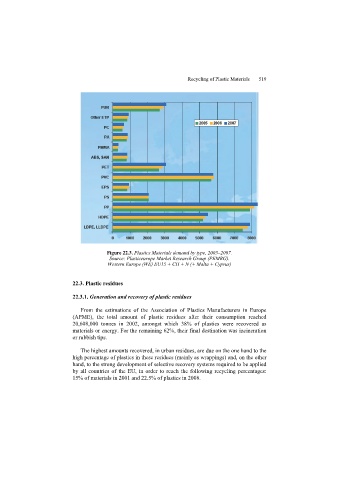Page 521 - Discrete Mathematics and Its Applications
P. 521
500 7 / Discrete Probability
5. Generate a list of 100 randomly selected permutations of each value of n and use the results to estimate the ex-
the set of the first 100 positive integers. (See Exercise 36 pected number of flips needed to find the odd person out.
in the Supplementary Exercises.) Does your result agree with that found in Exercise 29 in
6. Given a collection of e-mail messages, each determined to Section 7.2? Vary the problem by supposing that exactly
be spam or not to be spam, develop a Bayesian filter based one person has a biased coin with probability of heads
on the appearance of particular words in these messages. p = 0.5.
7. Simulate the odd-person-out procedure (described in Ex- 8. Given a positive integer n, simulate a hatcheck person ran-
ercise 13 of the Supplementary Exercises) for n peo- domly giving hats back to people. Determine the number
ple with 3 ≤ n ≤ 10. Run a large number of trials for of people who get the correct hat back.
Writing Projects
Respond to these with essays using outside sources.
1. Describe the origins of probability theory and the first uses 5. Discuss issues involved in developing successful spam fil-
of this theory, including those by Cardano, Pascal, and ters and the current situation in the war between spammers
Laplace. and people trying to filter spam out.
2. Describe the different bets you can make when you 6. Discuss the history and solution of what is known as
play roulette. Find the probability of each of these bets the Newton–Pepys problem, which asks which is most
in the American version where the wheel contains the likely: rolling at least one six when six dice are rolled,
numbers 0 and 00. Which is the best bet and which is the rolling at least two sixes when 12 dice are rolled, or rolling
worst for you? at least three sixes when 18 dice are rolled.
3. Discuss the probability of winning when you play the game 7. Explain how Erd˝os and Rényi first used the probabilis-
of blackjack versus a casino. Is there a winning strategy for tic method and describe some other applications of this
the person playing against the house? method.
4. Investigate the game of craps and discuss the probability 8. Discuss the different types of probabilistic algorithms and
that the shooter wins and how close to a fair game it is. describe some examples of each type.

